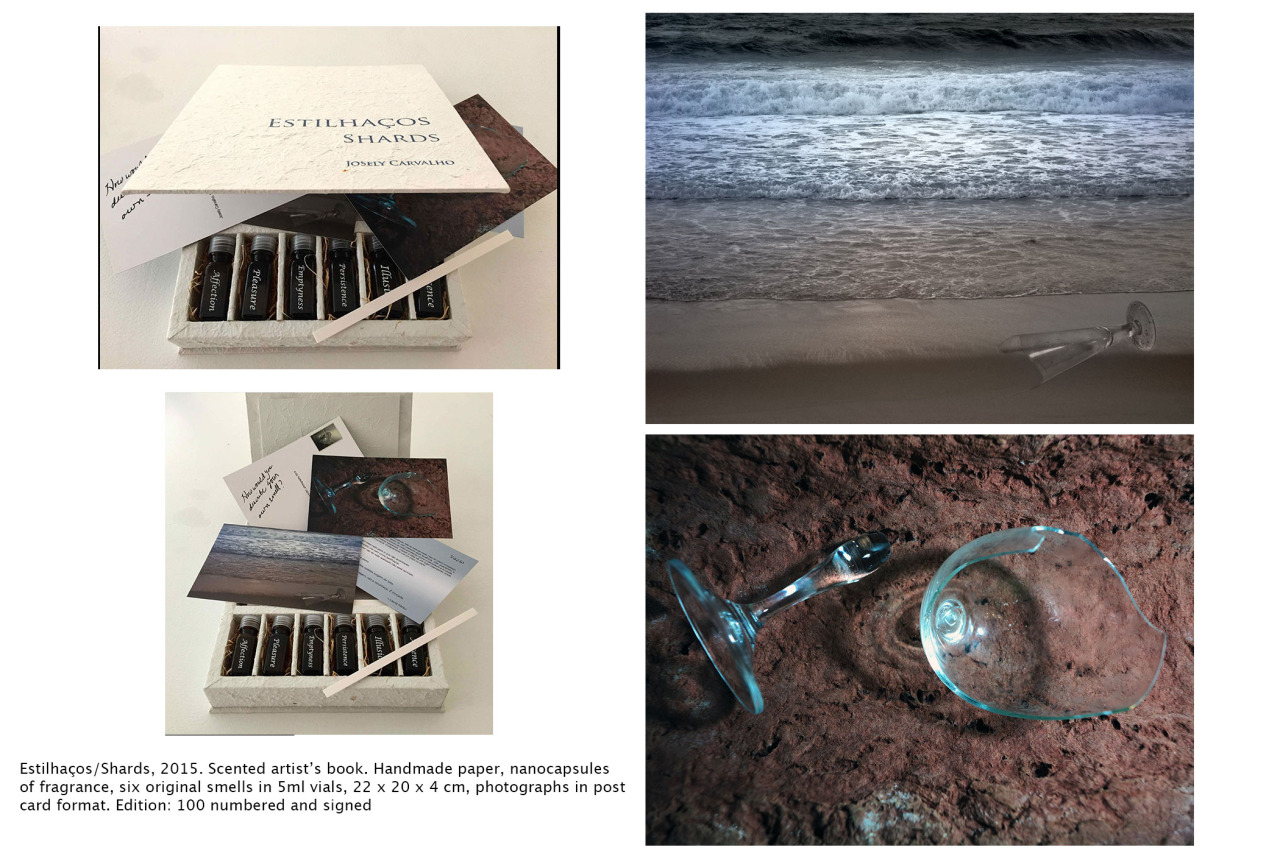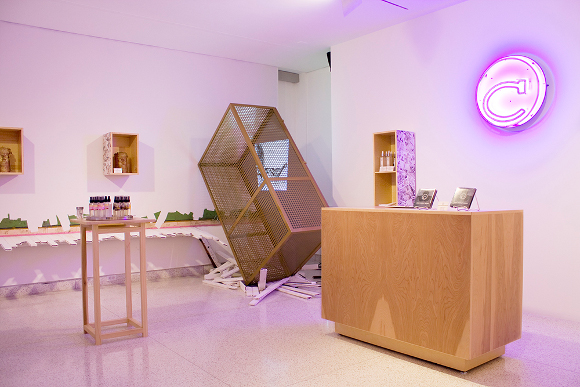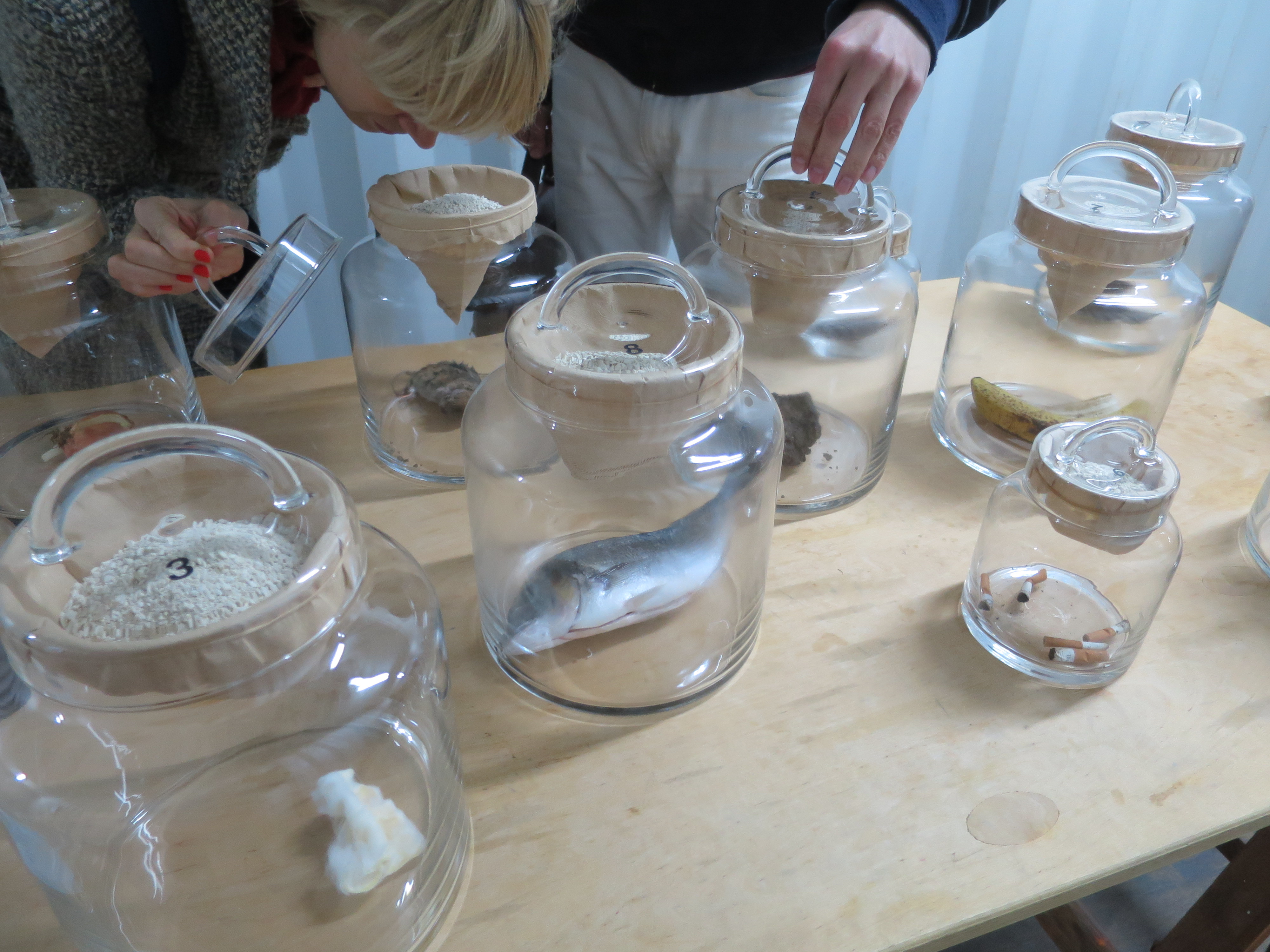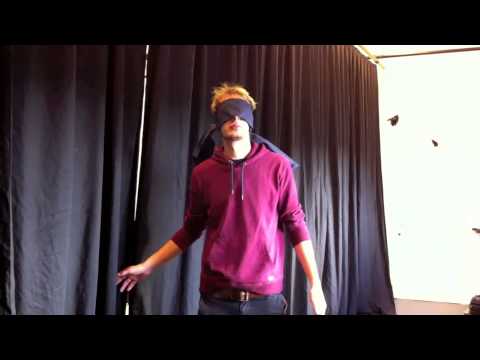Eduardo Kac is internationally recognized for his telepresence and bio art. Osmobox drawings were exhibited at Galerie Charlot in Paris (2014). Osmoboxes are visually identical but completely distinct in their olfactory identity. Every scent in the Osmobox series is unique and constitutes the core of the artwork. Continue reading Osmobox
Tag Archives: olfactory art
Olfactory Exhibition Series at Projektraum Enter in Kunstmuseum ThunÂ
What does scent have to do with art? At first glance, nothing, it seems. But scent has long been a part of art on many levels, and is increasingly so nowadays. From the materials and processes used to produce art to the subject matters of the work itself, scent—whether present physically or only in memory or the imagination—is part of the reality of art. In cooperation with the Scent Culture Institute, Kunstmuseum Thun is presenting a year-long series of four exhibitions at Projektraum Enter examining the sense of smell through the museum’s collection. Through the series, Projektraum Enter will act as an experimental place for olfactory exploration, from the what and how art is made, and how we perceive it, to the artistic evocations of smell, be they in still lives, city scenes, landscapes, abstractions, or the real world. Continue reading Olfactory Exhibition Series at Projektraum Enter in Kunstmuseum ThunÂ
SADAKICHI AWARD: EXPERIMENTAL | The Art and Olfaction Awards
The submissions are open for the 2016 Art and Olfaction Sadakichi Award for Experimental Scent (olfactory art). Continue reading SADAKICHI AWARD: EXPERIMENTAL | The Art and Olfaction Awards
“Ephemeral Materialities” at the ArtContainer, Zürich
In addition to the curatorial exhibition statement presented earlier, below are views of the three positions presented in EPHEMERAL MATERIALITIES: Scent in Swiss Art, as well as further information about the works. Continue reading “Ephemeral Materialities” at the ArtContainer, Zürich
Smell and Art – an introductory course to olfactory art
Maki Ueda will be giving a 3 weeks course on olfactory art titled “How to Confuse Your Senses†in The Netherlands. Continue reading Smell and Art – an introductory course to olfactory art

Featured Artist/Artwork
Josely Carvalho, Shards
Shards started in 2006 with a series of lithographs printed at Wildwood Press in St. Louis, MO on different types of hand-made paper especially produced to my specifications by master-printer Maryanne Simmons. After researching the looting of the Iraq Museum and the archeological sites during the war of 2003, the artist approached Dr. Robert K. Englund, director of the Cuneiform Digital Library Initiative/UCLA, Los Angeles, for a collaboration and permission to use the digital archive. Carvalho chose sixteen cuneiform tablets from their virtual library, enlarged them, manipulated them digitally, and transposed those images to lithographs. She made three different series of prints and in the process it became clear to me that the actual tablet fragments were safer in a virtual library, than in museums. One of the series was exhibited as part of a sculptural installation, Disenchanting Salmu at the Octógono of Pinacoteca do Estado de São Paulo in 2007. The sculpture consisted of a filament of water coming from the forty-eight foot high ceiling into a basin molded in resin in the shape of a Sumerian sign. The prints were fastened to the floor, and the public walked over them. As part of the artwork, the artist designed a four-channel sound piece with speakers on the four walls of the Octógono. Â
From a collective experience of cultural destruction, Shards is now an artwork based on Carvalho’s personal collection of broken wine glasses. The first artwork was a series of photographs of the shards, Carnivorous Flowers exhibited at Galerie Drei in Dresden, Germany in 2011.
The artist is now developing a new olfactory artwork based on the memory brought by the smell left at the moment a wine glass breaks. The artwork consists of a book/object (edition of 100) and a sculptural installation. Carvalho invited a group of writers to create texts on the event surrounding the moment of the break. The imagery from these writings became the source of the creation of seven original smells with the collaboration of Givaudan do Brasil (Affection; Absence; Persistence; Illusion; Emptiness; Pleasure and Glass). The book/object is encased in a box covered by hand-made paper from recycled cigarette butts and banana leaves. In the paper, they have added microcapsules of the smell Glass that is actuated by individual touch. In collaboration with the Department of Visual Arts of the University of Brasilia and the Nanotechnology Department of Givaudan do Brasil in Paris, Carvalho developed the scented paper and the boxes for the book/objects. Besides the texts, the book includes six photographs in postcard format of broken glasses in imaginary landscapes.
Shards, as a sculptural installation, will be constructed with the same elements of the book/object. It will consist of smells dispersed from seven sculpted wooden tables, broken glasses, texts manipulated as separate sound channels, and photographs printed in large format.
Josely Caravalho: Shards
The olfactory sense, though often forgotten, is a powerful connector to memory and emotions. Diary of Smells: Shards (Estilhaços) is an on-going multi-sensorial interactive & interdisciplinary project comprised of various stages of smell production, photographs and sound design. Continue reading Josely Caravalho: Shards

INVERSES
INVERSES is a multi-sensory project and collaboration between six artists in five countries, who have been working on it for the past 2 years. The result is a set of items consisting of an illustrated storybook, a soundtrack, and a trio of custom scents, which all share a common narrative on the journey of a roving cardboard box. The first edition was released in August 2015.
Learn more at inverses.co
Multisensory collaboration
INVERSES is a multi-sensory project and collaboration between six artists in five countries, who have been working on it for the past 2 years. The result is a set of items consisting of an illustrated storybook, a soundtrack, and a trio of custom scents, which all share a common narrative on the journey of a roving cardboard box. Continue reading Multisensory collaboration

Scents Memory: Brian Goeltzenleuchter’s Multifaceted Practice | Artbound
“What is smell’s relationship to narrative?”






